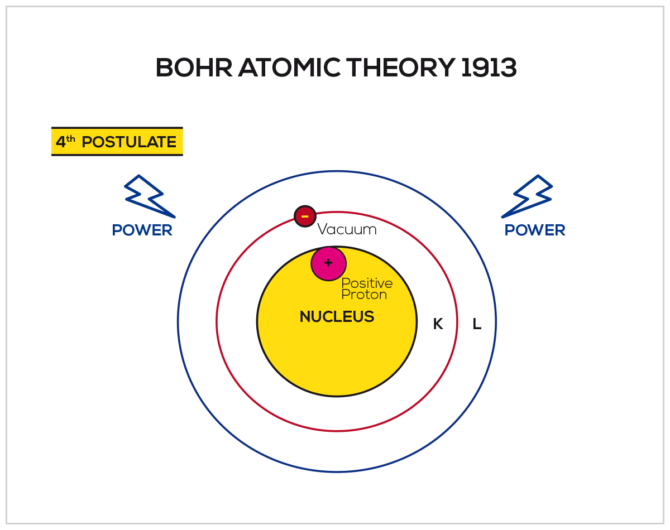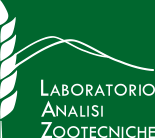XRF SPECTROMETRY
XRF Spectrometry (X-ray fluorescence spectroscopy or X-ray fluorescence) is a non-destructive testing method that allows discovery of the composition of the atomic elements of a sample through the amount of fluorescent radiation it emits. This radiation is released following excitement of the atoms in the sample, which is typically obtained by irradiating the sample with high-energy X-rays.
It is widely used in chemical analysis, food technology, geology, biology, medicine, atmospheric physics, metallurgy and the study of cultural heritage.
If it provides energy (HEATING – ELECTRICAL DISCHARGE) the electron migrates to a high level before returning to its original level
The laboratory has identified in this method an unrivalled tool for the provision of top-quality data with significantly reduced time and costs compared to traditional methods: our laboratory headquarters has an energy-dispersive (ED-XRF) instrument. S2-Ranger (Bruker)
.
This method is gaining a wider following in zootechnology for the time- and cost-efficiency of monitoring the mineral balance of the ration: alongside the data pertaining to the sample, the laboratory also provides the related DCAD (dietary cation-anion difference), calculated as [(NA+K)-(Cl+S)] in meq/kg; (Ender et al. 1971).
A few examples of sample preparation:
| PRIMARY PHASE | SECONDARY PHASE | THIRD PHASE | FOURTH PHASE | FIFTH PHASE | |
| Wet forage | Grinding with blade cutter 40L | Drying in stove 16t hours 65°C | Grinding in mill 0.5mm |
Compressing in tablets 40 tons |
XRF scanning |
| Dry forage | Grinding with blade cutter 40L | / | Grinding in mill 0.5mm | Compressing in tablets 40 tons |
XRF scanning |
| Raw Materials / Feed | / | / | Grinding in mill 0.5mm | Compressing in tablets 40 tons |
XRF scanning |
The creation of tablets with 40 tonnes of compression guarantees they are highly compact: this guarantees a more accurate XRF reading.
Alongside this, the laboratory makes use of the highest level of Italian university supervision/consultancy in the field of XRF.
XRF IMAGES
![]() See a range of examples of tests carried out using the
See a range of examples of tests carried out using the
XRF spectroscopy method. | » GO TO GALLERY
The laboratory has identified in this method an unrivalled tool for the provision of top-quality data with significantly reduced time and costs compared to traditional methods: our laboratory headquarters has an energy-dispersive (ED-XRF) instrument. S2-Ranger (Bruker)
This method is gaining a wider following in zootechnology for the time- and cost-efficiency of monitoring the mineral balance of the ration: alongside the data pertaining to the sample, the laboratory also provides the related DCAD (dietary cation-anion difference), calculated as [(NA+K)-(Cl+S)] in meq/kg; (Ender et al. 1971).
Currently, in our laboratory, it is widely used in the research of minerals in fodder (silage-hay-unifeed) in feed and raw materials.
The XRF analytical profile includes:
| Atomic element | Corn silage | Silage Mixed |
TMR | Hay | Feed (*) |
Raw materials (**) |
Feces | |||
|---|---|---|---|---|---|---|---|---|---|---|
| Ca | x | x | x | x | x | x | x | |||
| P | x | x | x | x | x | x | x | |||
| Mg | x | x | x | x | x | x | x | |||
| K | x | x | x | x | x | x | x | |||
| Cl | x | x | x | x | x | x | x | |||
| Na | x | x | x | x | x | x | x | |||
| S | x | x | x | x | x | x | x | |||
| Fe | x | x | x | x | x | x | x | |||
| Mn | x | x | x | x | x | x | x | |||
| Cu | x | x | x | x | x | x | x | |||
| Zn | x | x | x | x | x | x | x | |||
| Si | x | x | x | x | x | x | x | |||
| DCAD | x | x | x | x | ||||||
DCAD: dietary cation anion difference = (Na+K)-(Cl+S); Ender et al. 1971
(*) = feed with ashes less than 15%
(**) = All
The sample is compressed to 40 Tons before the analysis to guarantee the linearity of the analyzed surface.










